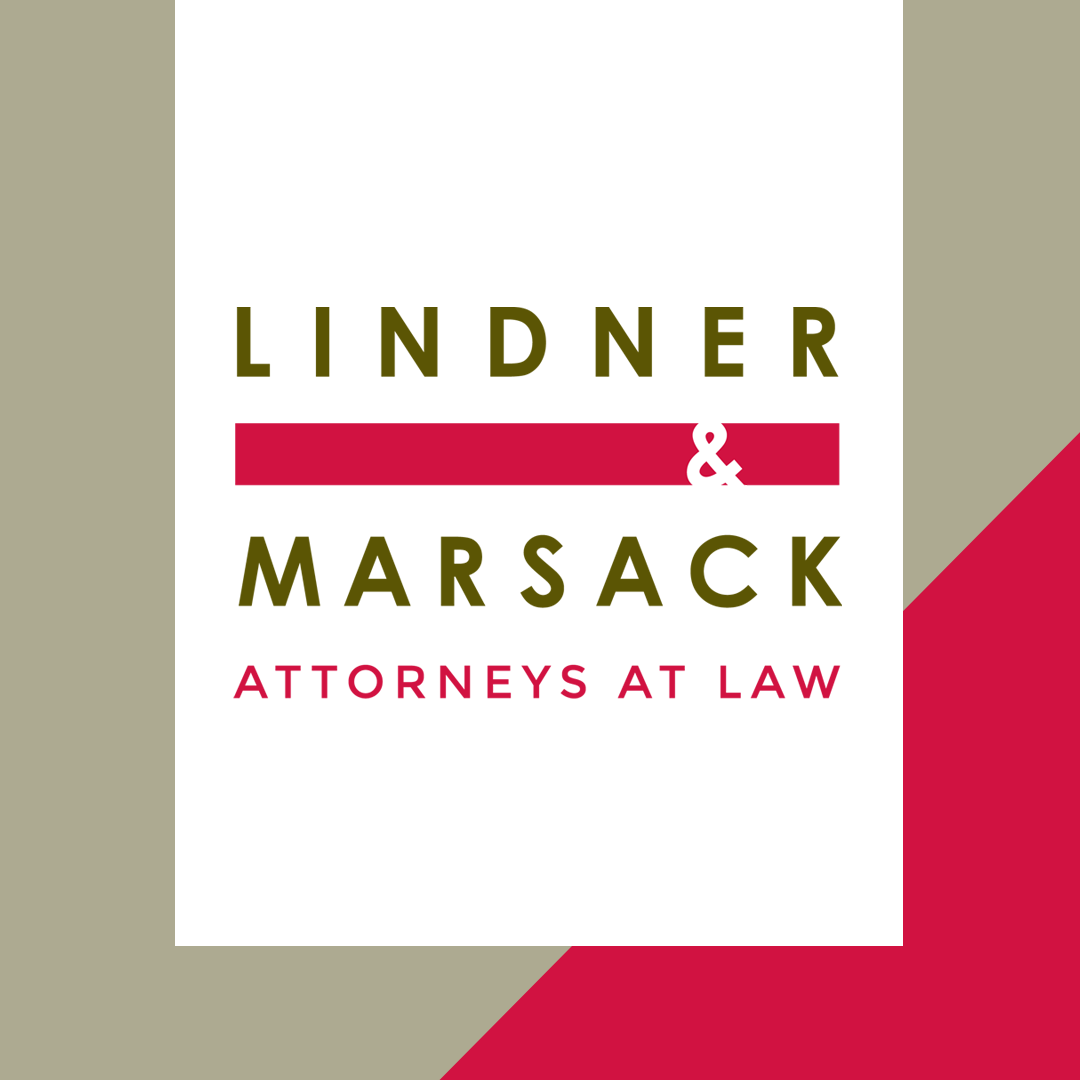By: Jonathan T. Swain On February 5, 2014, the National Labor Relations Board (NLRB) announced its intention to reintroduce its proposed revised union election rules which are designed to substantially shorten the time from petition to election. These rules, originally proposed in June of 2011, were invalidated by the federal courts in the Spring of […]

THE NLRB PROPOSES NEW “AMBUSH” ELECTION PROCEDURES
Leave a reply
